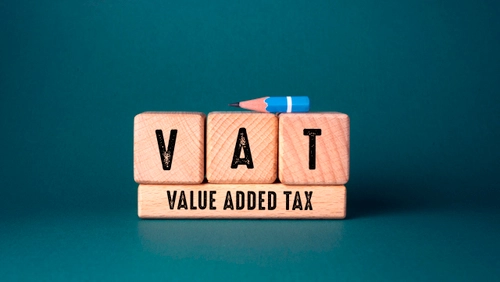Documents are an indispensable part of an enterprise's business and production activities. So, what is a document? What are the types of documents? And what are the contents of the documents?
1. What is a document?
Document means a material used in an enterprise’s activities, is a type of paper that records all the transactions or operations in enterprise's accounting books.
The definition of a document is prescribed in Clause 4, Article 3 of Decree No. 123/2020/ND-CP as follows:
“4. Document means a material used to record information on to-be-withheld tax amounts, collected tax, charge and fee amounts belonging to the state budget in accordance with law provisions on tax administration. Document prescribed in this Decree includes personal income tax withholding document, tax, charge or fee receipt which is represented in the electronic form or in the form of printing on order or self-printing.
Accordingly, forms of the document are electronic documents and printed-on-order and self-printed documents, in particular:
- Electronic documents: Including types of documents and receipts, which are represented in electronic data form, are granted to the tax payer by tax- withholding organizations or tax, charge and fee- collecting organizations, by using an electronic instrument under the law on a charge, fee, and tax.
- Printed-on-order and self-printed documents: Including types of documents and receipts which are represented in paper form, are printed on order by tax, charge and fee- collecting organizations or printed by themselves from computers, POS cash registers or other devices when withholding tax or collecting taxes, charges or fees in accordance with law provisions on a charge, fee and tax.
Apart from above regulations in the Decree 123/2020, the Law on Accounting 2015 also has definition on accounting documents as follows:
“Accounting documents means papers and information-carrying articles reflecting economic and financial operations that have arisen and completed, serving as a basis for making entries in accounting books.”

2. Need-to-known types of accounting documents
Pursuant to Clause 1 and Clause 1, Article 30 of the Decree No. 123/2020/ND-CP, documents in the fields of tax, charge and fee administration of tax agencies:
(1) Personal income tax withholding documents
Personal income tax withholding documents are the documents supplied to individuals who are deducted with personal income in accordance with law provisions. This is the important documents with the main content to record the implementation of tax duties.
(2) Receipts
Within that, receipts are divided into the types as follow:
- Tax, charge and fee collection receipts without face value
- Tax, charge and fee collection receipts with face value
- Tax, charge and fee collection receipts.
(3) Other documents in tax and fee administration in the case of having another requirement (prescribed and guided by the Minister of Finance)
3. Document contents
(1) A tax withholding document
Clause 1, Article 32, Decree No. 123/2020/ND-CP prescribes the cancellation of an e-invoice as follows:
- Title of the tax withholding document, symbol of tax withholding document form, symbol and serial number of the tax withholding document.
- Payer’s name, address and tax identification number
- Taxpayer’s name, address and tax identification number (if the taxpayer has a tax identification number).
- Nationality (if the taxpayer does not hold Vietnamese nationality)
- Income, time of income payment, total taxable income, tax amounts withheld; received income;
- Date, month and year of tax-withholding document creation
- Full name, signature of income payer.
The signature on electronic tax withholding documents is electronic signature

(2) Receipts
Receipt contents include information as follows:
- Receipt type: Tax, charge, and fee collection receipt without face value; tax, charge, and fee collection receipt with face value; tax, charge, and fee collection receipt.
- Symbol of receipt form and symbol of receipt.
Number of receipts is the serial number on tax, charge, fee collection receipts. Number of receipt is indicated in Arabic numerals and includes 7 digits in maximum. For printed-on-order and self-printed receipts, the first number of a receipt must be 0000001. For e-receipts, the first number of a receipt must be 1 on January 01 or on the date when such receipt is put into use and the last number must be on December 31 of the same year.
The number of receipt sheets (applicable for printed-on-order and self-printed receipts) is the number of sheets sharing the same number of the receipt. Each receipt has 02 or more sheets or parts, within that:
- The first sheet (part): To be kept by the collecting organization.
- The second sheet (part): To be handed to the tax, charge or fee payer;
The third and subsequent sheets are named after their specific use purpose to serve management work in accordance with the law.
- Name and tax identification number of the tax-, charge- or fee- collecting organization.
- Name of the tax, charge, or fee type and the tax, charge, or fee amount in figures and in words
- Date, month, year of receipt creation.
- Signature of the collector. The signature on e-receipts is an electronic signature.
Name and tax identification number of the receipt-printing organization (in case of printing on order).
Receipts shall be written in Vietnamese. For a receipt to be presented in a foreign language, foreign language words shall be put in brackets “( )” to the right of or below the Vietnamese words with a font size smaller than that of the Vietnamese words.
Here is the article supplying a clear definition of what is a document as well as the type and contents of documents.










